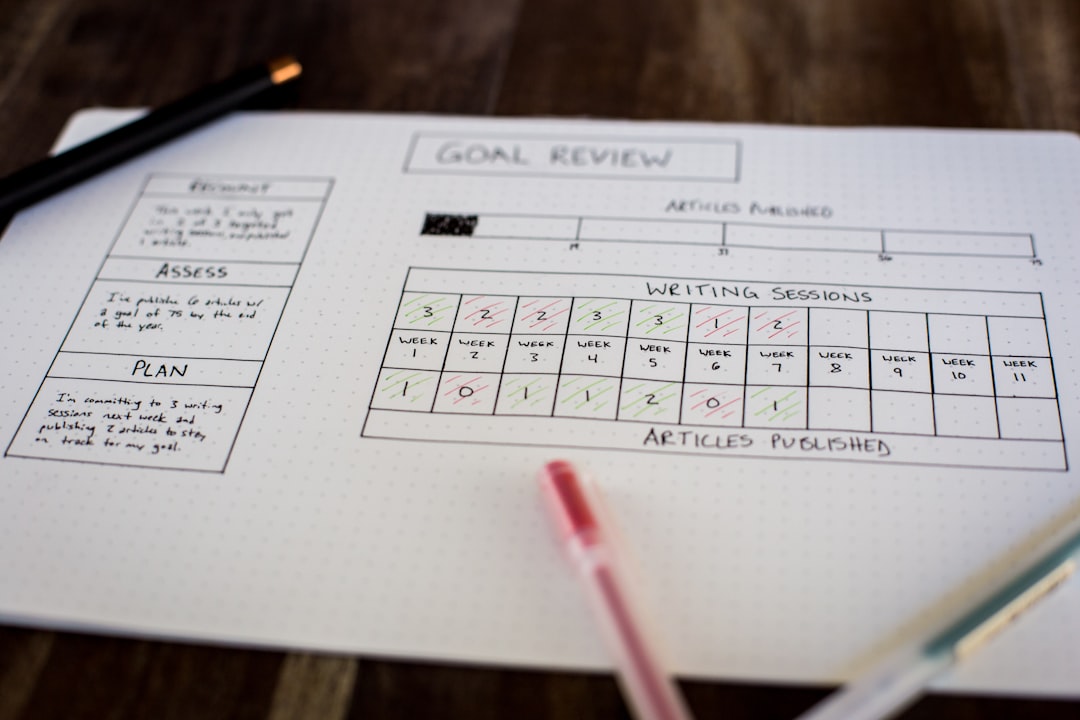Goals give you A clear sense of direction, but it's the determination to reach them that empowers you to succeed."
- Chadwick Boseman
- Do you know exactly what you want to achieve this season?
- Do you know what soccer success looks like for you, right now and in the future?
If you don’t know the answers to these questions, now may be the time to create some performance goals.
Setting goals is essential for achieving success in soccer. In fact it is a secret weapon for many top players and performers that is often overlooked. By establishing clear objectives for what you want to accomplish, you can stay motivated, track your progress, and push yourself to your full potential.
In this article, we'll explore 4 key strategies for effective goal-setting in soccer.
1. Write Your Goal Down

Put your goals down on paper to make them tangible and keep yourself motivated. Place them where you can see them daily. This visual reminder will keep your goals at the forefront and help your mind stay focused on what is most important to you.
Here are a few ideas to keep your goals front and center:
Choose a method that works for you but that will keep your goal fresh in your mind every single day.
2. Make your goal S.M.A.R.T.

All goals are not created equal. Being clear and specific about what you want will save you time, energy, and frustration, and it will also help you get there faster. When designing your goals, think S.M.A.R.T:
Specific- Crystal clear goals focus our efforts, making it easier to measure our progress and keep us on track. Rather than aiming to "improve my dribbling skills," set a more specific goal like "mastering 2 new moves every month"
Measurable- How do you know if you are making progress? Make your goal trackable so you know if you are headed in the right direction or need to course correct.
Achievable- Dream big, but do not set yourself up for failure by going too fast too soon. Being unrealistic can erode your confidence and lead to quitting if you aren’t careful.
Relevant- Does your goal tie into the big picture you have for yourself? Make sure your goal contributes to your overarching vision of success. A player who wants to become a starter on their new team may have a goal of working out all summer to enter the season in top shape.
Time-Bound- Choose a date to achieve your goal and stick to it. Deadlines create discipline and urgency and will give you that extra boost of energy (or fear) if you start falling behind schedule.
Here are 2 examples of possible S.M.A.R.T. goals:
“I will master 2 new dribbling moves every month by practicing daily at 5:00 PM for 40 minutes.”
“I will be able to juggle 500 times by the end of the season by practicing for 10 minutes before and after all of my team soccer practices and record my high scores each week.”
Create your own S.M.A.R.T. goal and place it where you can see it daily.
3. Creative Visualization

Another strategy for achieving your goals is through the use of visualization. Visualization is the process of seeing your goal in your mind before it ever happens in reality. You can leverage this tool to improve your skills, match day performance, and even build your confidence.
Visualization is one of the most powerful methods you can use to program your mind and body to perform at their best.
Here’s how to do it:
Go to a quiet place, take a deep breath and close your eyes.
Imagine your goal and begin to think about how it will feel once it is achieved.
See yourself executing it to perfection.
Visualize scoring the game winning goal or hoisting the championship trophy. Remember to also visualize the process: Watch yourself as you put in the hours running sprints and training.
What ever your goal is, feel the emotion of having it accomplished and notice the senses, smells, and images around you. Picture the end goal, but also see the journey and all the obstacles along the way that you have to overcome in order to succeed. Put yourself in the exact scenario and play all of it in your mind as if you are watching a movie.
Try to do this daily, or as often as possible, even if it is just for a few minutes.
4. Plan and Make It Happen.

Now that your S.MA.R.T. goals are written and placed where you can see them, and you are incorporating visualization into your daily practice it’s time to create a system or to make your goals a reality.
You do not rise to the level of your goals. You fall to the level of your systems.
-James Clear
Do you have a system to make sure you don’t fall off track?
Do you have a plan for when obstacles or setbacks show up?
This is a long journey and one of the keys will be discipline and consistency.
Creating your plan for “the hard days” will keep you focused and give you that extra motivation when you need it.
Here are some ideas to help get you organized:
Create a daily or weekly plan or checklist to keep you from straying off course. I recommend using a calendar or phone app to map it all out in detail, but a simple notepad and paper work just as well. Plan your training sessions and set reminders at the same times every day until you are able to adapt to your new schedule.
(I personally use a Free App called TickTick. It is a calendar, To-Do List, and Habit Tracker all built into one.)
Create micro goals to build momentum in short spurts. An example would be deciding you will never miss more than X amount of training sessions in a month (you can decide the number). If you are successful you can celebrate or give yourself a small reward for completing the micro goal successfully.
Separate time each week for specific activities like studying your personal game film, watching soccer, or training technical skills so you have a more balanced approach and don’t feel overwhelmed.
Use a journal to reflect on your performances after each game or training session. This will help you identify areas for improvement and set new targets. Assess your progress regularly and change things up if you aren’t seeing results.
Conclusion
Goal setting is crucial for soccer success. Developing this skill, as well as all the others will ensure you are on the path to playing your best. Make sure you are writing down your goals daily and making them specific and measurable. Finally create a daily or weekly plan to make everything manageable and visualize your goals to make them real.
If you can see it in your mind you can make it a reality.
Let me know what your goals are for this season in the comments below.
